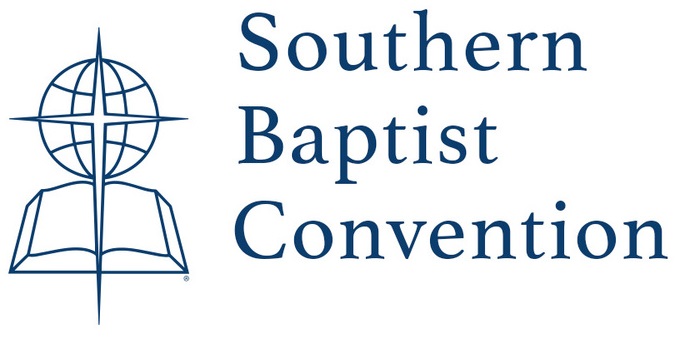Making Sense of the SBC?
/I'm the pastor of a church that is affiliated with the Southern Baptist Convention. As a church that partners with the SBC, I get questions about the denomination, the structures, and what that all means. These questions surface more often as the SBC is ramping up to the national Annual Meeting. There's some confusion about the SBC. I don't think I can clear up all the confusion, but understanding the structure helps.
The first, and maybe the most important thing to understand is the autonomy of the local church. While a church may be a part of the SBC, the SBC has no authority over the local church. The SBC is a network of churches who have agreed on a confessional statement called the 2000 Baptist Faith and Message. They also agree with the mission and strategy to take the gospel to every nation and people in the world. They agree to work together.
Another thing that's helpful to bring clarity is that there is understanding how there is the Southern Baptist Convention, Southern Baptist Denomination, North American Mission Board, International Mission Board, LifeWay, SBC seminaries, and more. It get's confusing. If that weren't confusing enough, there are also state or regional conventions. And there are local associations of Southern Baptists. When I first joined an SBC church, this really baffled me.
Understanding a very brief history of the SBC might help.
In the early 1800's, churches with Baptist theology were doing work in American with a desire to do more but unable because of limited resources. These churches were autonomous. There was no hierarchy of authority over them. To expand their ministries by working together, they started forming societies. These were mission societies, publication societies, and societies for training pastors. Where a single church couldn't support and send a single missionary, a group of churches could pool resources to send a missionary or even multiple missionaries. Starting a seminary would be nearly impossible for a single church, but not so for a team of churches. To help be good stewards of these societies, they set up structures of leadership within the society. In addition, like-minded Baptist churches in the same states began joining together.
Eventually, three large, national societies sought to join their efforts. Churches within the societies called for messengers to travel to a meeting to bring messages from the churches and take messages back to the churches. They determined that it would be good to set the vision and efforts of the society so they would all be working toward the same goals; although, nothing about the set vision was binding on any single church. A number of these groups were coming together. So were state and regional groups. Some were in the North and some in the South. And, at times, they didn't agree with mission and vision, or even theology. The churches in the South became the Southern Baptists and they called their meeting a convention. The group became a denomination and spread all over the world while keeping the name. (A few years ago, the passed a resolution that church could call themselves Southern Baptists or Great Commission Baptists. It sounded nice, but it just muddied the water more.)
Another helpful thing to understand is the various structures.
A church in my area (Salt Lake City) who wants to join the SBC is really requesting to join the Utah-Idaho Southern Baptist Convention. It is through the state or regional network that a church affiliates. By joining the state convention, the church identifies as SBC. Once this identification has happened, there is the option to join other local or regional associations. For example, we have the Salt Lake Baptist Association in our area. Our state convention has elected leaders (at the time I'm writing this, I served as the Vice President). We have messengers come from churches. When churches want to support the ministry of the SBC (which includes Disaster Relief, church planting networks, seminaries, and missionary operations) the church actually gives funds to the state convention, which uses some for the work and passes some on to the entities doing national or international work. For the most part, we call this the Cooperative Fund (or CP). Here's a look at how it works.
Technically, the SBC only truly exists two days a year when the Convention convenes. However, at the meeting, communities are appointed to do various tasks throughout the year. This includes an executive committee, the North American Mission Board, The International Mission Board, and so-on.
So as it stands today, the church I pastor has choices. How much do we want to contribute to the mission and vision discussed at the annual meeting? We still set our own mission and vision. We still determine our own church government and church policies. The SBC is not binding over us because we decide the extent of our partnership. And today, we enjoy the partnerships of the SBC, NAMB, the UISBC, the SLBA, and others.
Dr. Jeff Iorg recorded a wonderful podcast heading into the 2018 Annual Meeting. In his podcast, he lays this out much better than I've done here. He discusses some pros and cons and how some things work in practice. I highly recommend listening. Find it here.
In addition, you can find more information about the SBC on the national website. It's more detailed and might help bring more clarity.


